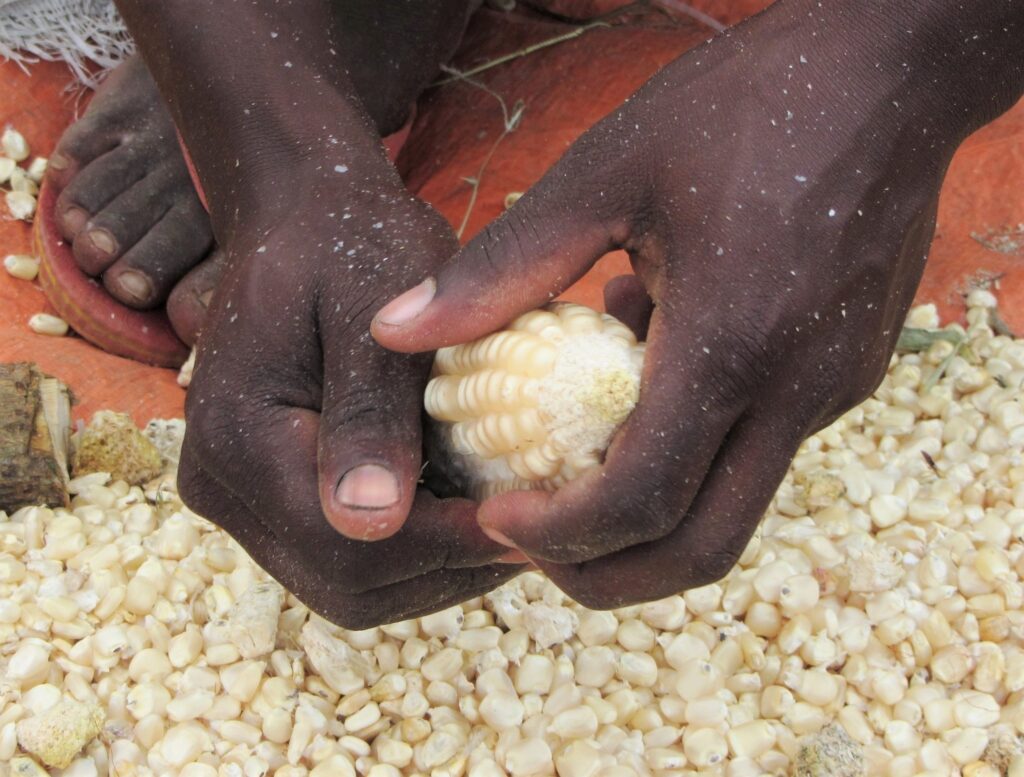Food & Climate
Six of EU’s food imports are under increasing threat from biodiversity loss and climate change, a new report warns.
The report found that more than half of EU imports of six these foodstuffs were from climate vulnerable countries with limited resources to adapt.
Climate finance is not a form of altruism, the researchers argue. Rather, it is essential to Europe’s food security, according to the report that seen by “Food & Climate“.
Commissioned by philanthropic initiative the European Climate Foundation, UK consultants Foresight Transitions examined the vulnerability of staple crops maize, rice and wheat, as well as cocoa, coffee and soy – key commodities for EU agrifood production and exports.
EU’s food imports and food security
EU’s food imports are very important because the block is neither self-sufficient in key staples such as maize, rice and wheat or key import commodities for agrifood production such as cocoa, coffee and soy. This has important implications for both European food security and domestic business.
It builds upon a previous study of climate threats to UK food imports, undertaken by the Energy and Climate Intelligence Unit. But in addition to the climate data, the new work also considers the implications of nature loss for security of supply to provide a complete picture.
Furthermore, three of these – wheat, maize and cocoa – are also at significant risk from biodiversity-related impacts, amplifying the threat to supply already posed by the climate and expanding the amount of production at risk.
“These aren’t just abstract threats,” says lead author of the report, Camilla Hyslop. “They are already playing out in ways that negatively affect businesses and jobs, as well as the availability and price of food for consumers, and they are only getting worse.”

The EU’s chocolate industry faces the biggest threat
As the world’s biggest producer and exporter of chocolate, it is the EU’s chocolate industry – worth an estimated €44 billion – that faces the biggest threat from these twin environmental factors.
Around 97% of chocolate’s primary ingredient, cocoa, comes from countries with a low-medium or below climate score, as per the Notre Dame Global Adaptation Index. This tool combines a country’s vulnerability to climate damages with its access to financial and institutional support.
And 77% of cocoa comes from countries with a medium or below biodiversity rating, according to a ranking of biodiversity intactness from the UK’s Natural History Museum, which compares the current abundance of wild species to pre-modern levels.
The researchers mapped trade data from Eurostat onto these two rankings of environmental security for all six commodities.
In the case of cocoa, European imports come from a few main countries in West Africa – Ivory Coast, Ghana, Cameroon, Nigeria – all of which are experiencing overlapping and intensifying climate and biodiversity impacts.
“The European Union has forked out an increasing price for cocoa imports as a result of these environmental pressures, with the total value of imports increasing by 41% over the last year,” says Hyslop.
“The increasing value has also been driven by climate-related increases in the price of sugar, highlighting the environmental ‘double whammy’ facing not only chocolatiers but other kinds of producers using multiple environmentally-sensitive inputs.”
Chocolate prices have gone up 43% in the last three years, according to a recent analysis by green think tank Energy and Climate Intelligence Unit (ECIU), with ‘chocflation’ evident on supermarket shelves.
How biodiversity loss makes climate impacts worse?

While previous studies have assessed the climate vulnerability of food imports, the new research stands out for its focus on biodiversity loss and how these two environmental factors interact.
“Climate impacts are made worse by declining biodiversity, which leave farms and surrounding ecosystems far less resilient to climate and other shocks,” explains Hyslop.
“Not only are less biodiverse farms less resilient to crop disease – these diseases often emerge due to decreased biodiversity.”
On top of this, yields are diminished by the clearing of native vegetation, which can alter local microclimates. While practices such as monocropping – where a crop like wheat is exclusively grown – deplete the soil on which food production depends, according to “Euro news” .

